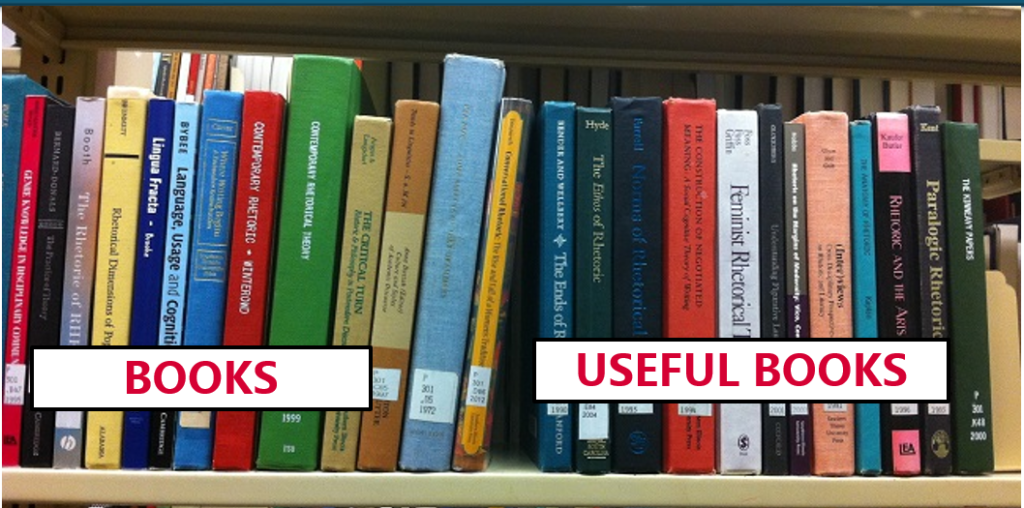Where should you place your links? The relative merits of FAQs
Frequently Asked Questions (FAQ) pages in web content are fine when they’re really frequent, and they just represent an alternative route to key information.
“Why are FAQs so bad?”
This is a common question when we’re delivering editorial training, and it’s also a complicated one, because the answer is “They’re not – except when they are”.
Where FAQs become a problem
The point in the user journey where you place your link can have a significant impact on the success of that journey. You need to consider your link placement carefully. The same is true of FAQs.
The library analogy
Our video on link placement below gives the analogy of walking in to a library and just seeing shelves labelled ‘books’. The library analogy is a great way to explain good information architecture – so let’s use it to talk about when you should and shouldn’t use FAQs.

Books on a shelf, via Wikimedia Commons, CC-BY-SA-3.0 (labels added)
Imagine a new shipment of non-fiction books arrives in the library.
Good use of FAQs
The books are all shelved by subject, alongside similar books, so it’s easy to find them under the right area. Other books are rearranged if necessary, to accommodate the new books in a sensible way.
The librarian notices that three books are particularly popular – people are asking for them frequently – so they put up a notice giving the titles of those books and how to find them quickly.
Bad use of FAQs
The new books don’t really fit in the structure, so the librarian puts them in a box right by the entrance, labelled ‘Popular books’. This box gets bigger the more books arrive.
Applying this to digital content
When you have new content for your site, you need to put this content at a suitable place within your existing structure – or change the structure a bit so that everything still makes sense. If search data or other feedback shows that certain content is particularly popular, you might want to add an FAQ page where relevant, linking the user to where the content sits in the main structure.
Don’t just build an FAQ section from the start and use it to store content that you don’t know what else to do with.
Watch the video
Our four minute video on link placement from the Effective Digital Content course goes over this and other aspects of good link placement.

